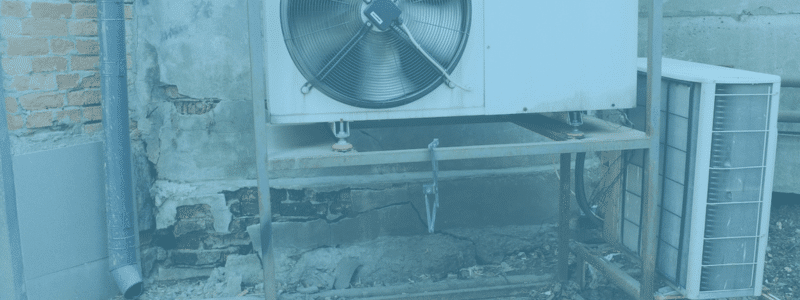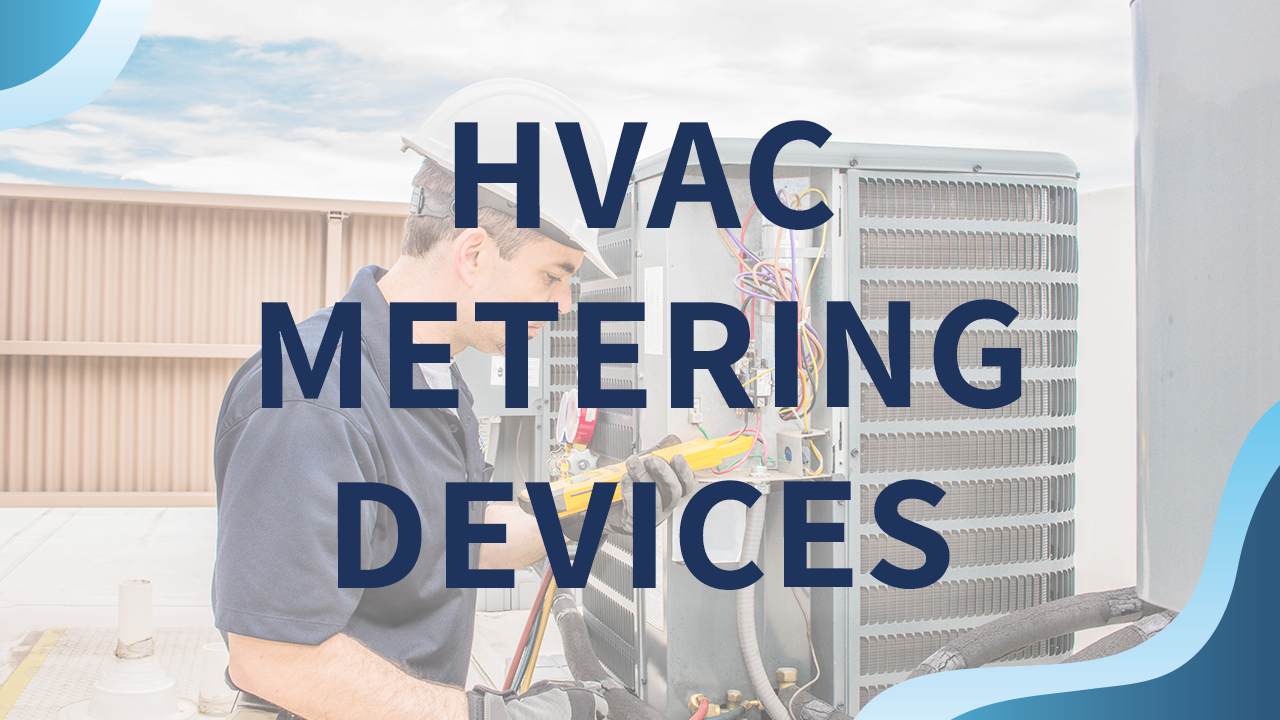HVAC (Heating, Ventilation, and Air Conditioning) systems are integral to most modern buildings, providing essential comfort and maintaining a healthy indoor environment. However, these complex systems require careful monitoring and control to operate efficiently and effectively. One key component of any HVAC system is the metering device, which measures and controls refrigerant flow.
This article will explore the world of HVAC metering devices and their importance in maintaining the optimal performance of HVAC systems. We will discuss the various types of metering devices and their functions, including expansion valves, capillary tubes, and electronic metering devices. We will also cover the advantages and disadvantages of each type and how they impact system performance and energy efficiency.
Motili, a leading HVAC services company, recognizes metering devices’ crucial role in HVAC systems. With their expertise in installing, maintaining, and repairing HVAC systems, they understand the importance of selecting the suitable metering device for each design to ensure optimal performance and energy efficiency. This article will give you a deeper understanding of HVAC metering devices and how they can benefit your building’s HVAC system.


Understanding the Role of Metering Devices in Air Conditioning Systems
A metering device is a component in an air conditioning system that drastically decreases the temperature and pressure of the refrigerant moving from the condenser before it enters the evaporator. Different types of metering devices have other charging methods crucial to the HVAC systems’ operation. Metering devices are engineered to govern refrigerant flow to help regulate pressure. In a typical scenario, the core functions of a metering device are to feed refrigerant to the evaporator and provide a high side-to-low side pressure and temperature drop.
Two Types of Metering Devices
There are two main types of metering devices: fixed and modulating. We’ll look at both types to understand when they may be used. “The fixed orifice metering device, containing a piston, produces a steady refrigerant flow into the evaporator coil. The orifice size in the piston determines how much liquid refrigerant enters the evaporator coil.” A fixed metering device has fixed operating conditions, meaning its operating conditions stay the same no matter what external factors are present. It processes a consistent amount of refrigerant as its parts are not adjustable.
It can be compared to a leaking water pipe to understand how a fixed metering device works. When water is inside the pipe, water moves within the pipe with pressure acting on it. However, when there is a leak, the speed of the water leaking outside the line is much slower than the water moving inside the pipe. This is because the pressure of the water inside the tube is contained, and the leaked water’s tension is much lower than that of the water inside. The same concept is used in a fixed orifice metering device. The high-pressure refrigerant liquid coming from the condenser is contained in the liquid line.
The fixed orifice metering device has a hole through which the refrigerant can pass. However, the size of this hole is smaller than the size of the liquid line. This setup is how the fixed orifice metering device lowers the pressure of the refrigerant.


Types of Fixed Metering Devices
There are two fixed metering devices: a capillary tube and a fixed orifice. “A fixed metering device can be a simple capillary tube, which is a two-foot-long spiral of copper tubing narrower than the liquid line feeding into it.” This tube is usually used as a system’s metering device because of its simplicity and low cost. However, a fixed orifice device is easily changed, so some technicians prefer working on simple designs.
As weather affects the temperature and pressure of our systems, our systems change how they operate (harder and less efficient), but fixed metering devices need to respond to weather. Unfortunately, due to their limited applications, selected metering devices are found in small units and older systems.
Modulating Metering Devices
“Modulating” is defined as changing. A modulating metering device can change how it operates based on different ambient conditions. The ability to change makes modulating metering devices suitable for various applications. However, this feature may cost them more than a fixed metering device.
There are three types of modulating metering devices:
- Automatic Expansion Valves (AEV): This type has a hole to allow refrigerant to move through it, and it controls the pressure. A diaphragm and spring control the hole size.
- Thermostatic Expansion Valves (TEV): Maintains the correct amount of refrigerant supply by matching the flow rate against the rate of refrigerant evaporation in the evaporator coil.
- Electronic Expansion Valves (EEV): Based on sensor readings, it controls the amount of refrigerant electronically.
Modulating metering devices can respond to different weather conditions and are much more energy efficient, which is a great reason to use them more widely. Although units with modulating metering devices are more expensive up front, they are an investment. However, their advantages outweigh the cost in the long run as they help reduce energy bills.


HVAC Contractors Technology & Motili HVAC Solutions
It’s simple for facility managers to connect with contractors when they use Motili, and HVAC contractors no longer need to scramble to find steady work year-round. As a result, it’s now easier than ever to grow an HVAC contractor business with the Motili app.
Technology allows HVAC contractors to accept jobs from the app and clear communication with details about new jobs, service calls, and work orders. In addition, contractors using the Motili app can view and accept jobs as they become available for ongoing, consistent work. Since Motili averages over 50,000 new system installs and more than 90,000 service work orders yearly, there is plenty of work to do.
How does it work?
Motili notifies contractors when a client needs service. Contractors choose which jobs to accept, but there’s no competition with other contractors once a position is taken. Motili provides the equipment, saving the contractor time and energy.












